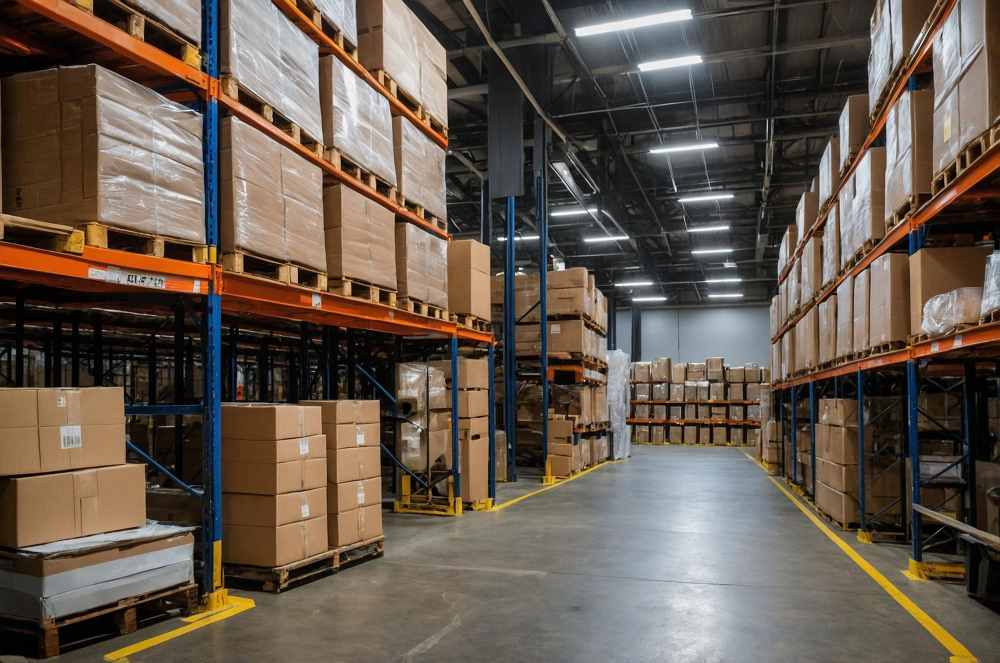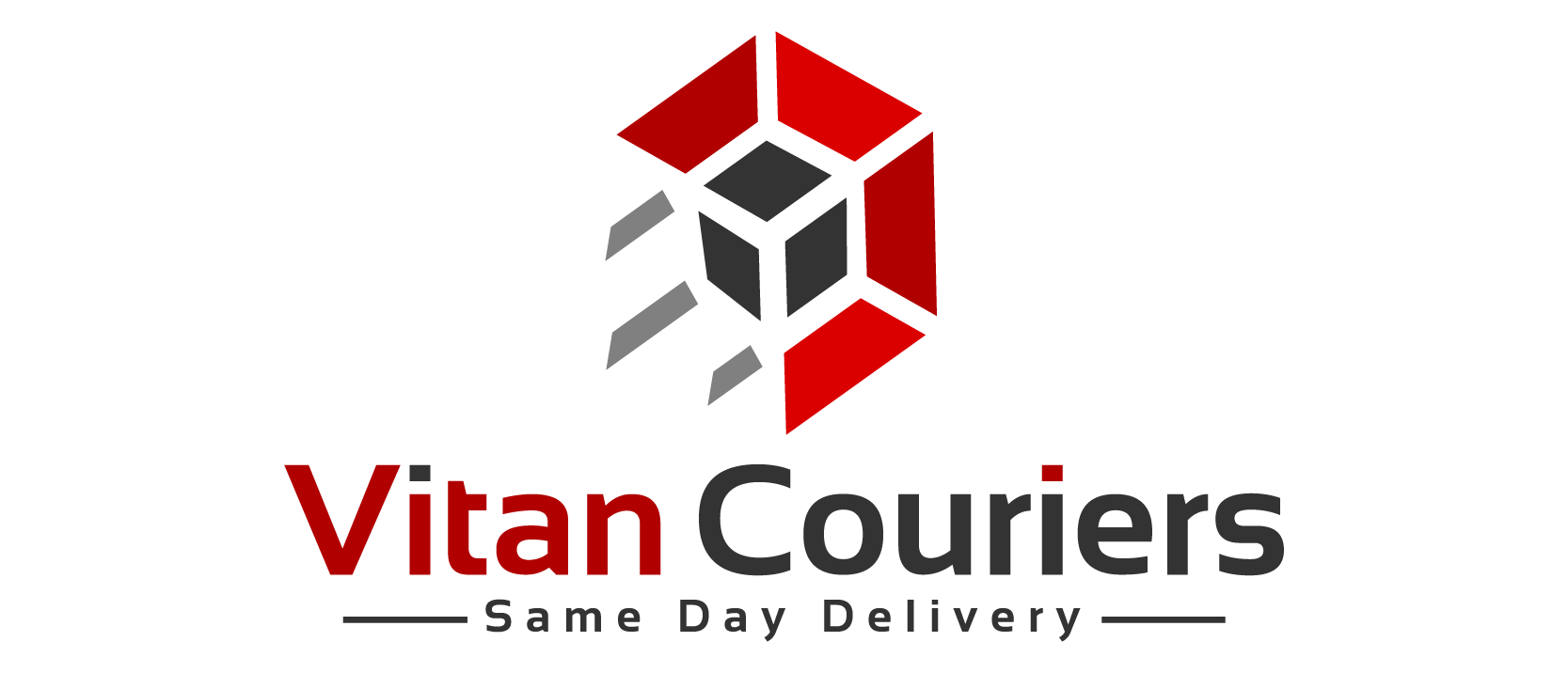The Role of Couriers in Efficient Warehouse Operations
The Role of Couriers in Efficient Warehouse Operations
In the modern supply chain, efficient warehouse operations are integral to ensuring timely deliveries and maintaining customer satisfaction. One of the most critical elements in this process is the seamless collaboration between couriers and warehouses. As online shopping and e-commerce continue to grow, the demand for faster deliveries has skyrocketed, placing more pressure on warehouse and courier services to work together effectively. This article explores the crucial role couriers play in warehouse efficiency, focusing on their impact on order fulfillment, inventory management, and overall operational performance.
1. Order Fulfillment and Courier Coordination
Warehouses serve as the central hubs for goods storage, but they are only one part of the supply chain equation. Couriers, who are responsible for transporting goods from warehouses to the end customer, are the last link in the chain that bridges warehouse operations with customer expectations. For efficient order fulfillment, there must be tight coordination between warehouse teams and courier networks.
Key Aspects of Courier-Warehouse Coordination:
- Real-Time Communication: For couriers to pick up orders promptly, warehouses need to communicate in real-time with courier companies. This ensures that couriers are notified when an order is ready for dispatch, reducing idle time at warehouses.
- Prioritization of Shipments: Warehouses often handle thousands of orders daily, and not all orders are of equal urgency. Couriers and warehouses collaborate to prioritize urgent deliveries, such as same-day orders, which must be picked up and dispatched immediately. Advanced order management systems and algorithms help streamline this process.
In the UK, where same-day or next-day delivery services have become the norm, this aspect of courier-warehouse coordination is even more important. Fast-moving couriers and well-organized warehouses enable retailers and businesses to meet tight delivery windows, ultimately satisfying customer demands for quick and reliable service.
2. Impact on Inventory Management
The role of couriers is not limited to simply picking up orders; they also have a direct impact on how warehouses manage their inventory. Efficient inventory management in warehouses is crucial to ensuring that the right products are available when needed, reducing delays in delivery. Couriers contribute to this by working closely with warehouse teams to optimize stock levels and reduce the time products spend on shelves.
Courier Influence on Inventory Turnover:
- Just-in-Time Delivery: Couriers enable just-in-time (JIT) inventory systems, where goods are delivered to the warehouse only when they are needed. This approach reduces excess stock, optimizes warehouse space, and minimizes storage costs. JIT delivery requires precision in timing, which is where reliable courier services come into play.
- Reverse Logistics and Returns: Couriers also play an essential role in handling returns, which directly affects warehouse inventory levels. Returned items must be processed quickly and efficiently to be either restocked or redirected, minimizing disruption to inventory management. Without a strong courier network, the process of managing returns could create bottlenecks in warehouse operations.
In a highly competitive market like the UK, businesses strive to optimize their supply chains by keeping minimal stock levels and turning inventory over quickly. Couriers are a key enabler of this strategy, ensuring that goods are moved in and out of warehouses swiftly, without the need for excessive stockpiling.
3. Optimizing Warehouse Layout for Couriers
To ensure seamless collaboration, warehouses are increasingly designed with courier operations in mind. The goal is to minimize the time couriers spend at the warehouse, enabling them to pick up shipments and continue their deliveries without delay. An efficient warehouse layout can significantly improve this process by streamlining the movement of goods from storage areas to loading docks.
Key Warehouse Design Features to Support Couriers:
- Dedicated Loading Zones: Warehouses often create dedicated loading bays for couriers, reducing the time spent searching for the right dock or loading area. These areas are designed for quick access, ensuring that couriers can load goods efficiently and reduce turnaround time.
- Automated Picking Systems: Some warehouses have implemented automated picking and packing systems, which speed up the process of preparing goods for dispatch. This reduces the time couriers spend waiting for orders to be fulfilled. Technologies like robotics, conveyor belts, and automated sortation systems are becoming more common in UK warehouses, helping to maintain a smooth flow of goods from storage to shipment.
- Flexible Staffing and Shift Management: Warehouses often adjust their staffing levels based on courier schedules, ensuring that there are enough workers available to prepare orders for collection during peak times. This helps couriers avoid delays caused by bottlenecks in the packing or picking process.
4. The Role of Technology in Enhancing Courier-Warehouse Collaboration
Advances in technology have significantly improved the coordination between couriers and warehouses, driving greater efficiency across the supply chain. Digital tools such as warehouse management systems (WMS), courier tracking platforms, and automated notifications play a crucial role in optimizing the flow of goods.
Technologies Enhancing Efficiency:
- Warehouse Management Systems (WMS): A WMS allows warehouses to track inventory in real time, automating the process of order picking and preparation. These systems often integrate with courier platforms, enabling couriers to receive automatic updates on when an order is ready for collection. In the UK, leading companies like DHL and DPD utilize such integrations to streamline their courier services.
- Tracking and Visibility: For efficient operations, both couriers and warehouse teams need real-time visibility into the status of deliveries and order fulfillment. GPS tracking systems and RFID (Radio Frequency Identification) technologies help couriers track shipments throughout the supply chain, while warehouses can monitor when deliveries are picked up and dispatched.
- Automation and AI: Artificial intelligence and machine learning are increasingly being used in UK warehouses to predict demand, manage inventory, and optimize routes for couriers. These technologies help reduce the time couriers spend at warehouses and enhance delivery precision.
5. Challenges and Solutions in Courier-Warehouse Collaboration
While couriers play an essential role in efficient warehouse operations, several challenges can arise in their collaboration. These include delays in order fulfillment, miscommunication, and difficulties handling large volumes during peak periods.
Challenges:
- Peak Demand: During periods of high demand, such as Black Friday or Christmas, warehouses and couriers must deal with an increased volume of orders. Without careful planning, this can lead to bottlenecks in both order fulfillment and delivery.
- Miscommunication: A lack of real-time updates or miscommunication between warehouse teams and couriers can result in delays, missed pickups, or errors in shipment.
- Reverse Logistics: Handling returns efficiently can be challenging, especially when couriers are dealing with large volumes of returned items. This puts additional strain on warehouse operations.
Solutions:
- Scalable Operations: Warehouses and couriers can address peak demand by scaling their operations, hiring additional staff, and utilizing third-party logistics (3PL) providers to handle excess capacity.
- Improved Communication: Investing in integrated technology systems ensures real-time updates and better communication between couriers and warehouse teams, reducing delays and errors.
- Flexible Return Policies: Creating efficient reverse logistics processes and implementing automated return handling can help ease the burden on couriers and warehouses during peak times.

Conclusion
The relationship between couriers and warehouses is pivotal to the success of the modern supply chain. As e-commerce continues to expand in the UK, the collaboration between these two entities will become even more essential for ensuring timely deliveries and customer satisfaction. By improving communication, leveraging technology, and optimizing warehouse layouts, couriers and warehouses can work together to streamline operations, reduce delays, and meet the ever-growing demands of today’s fast-paced market.



